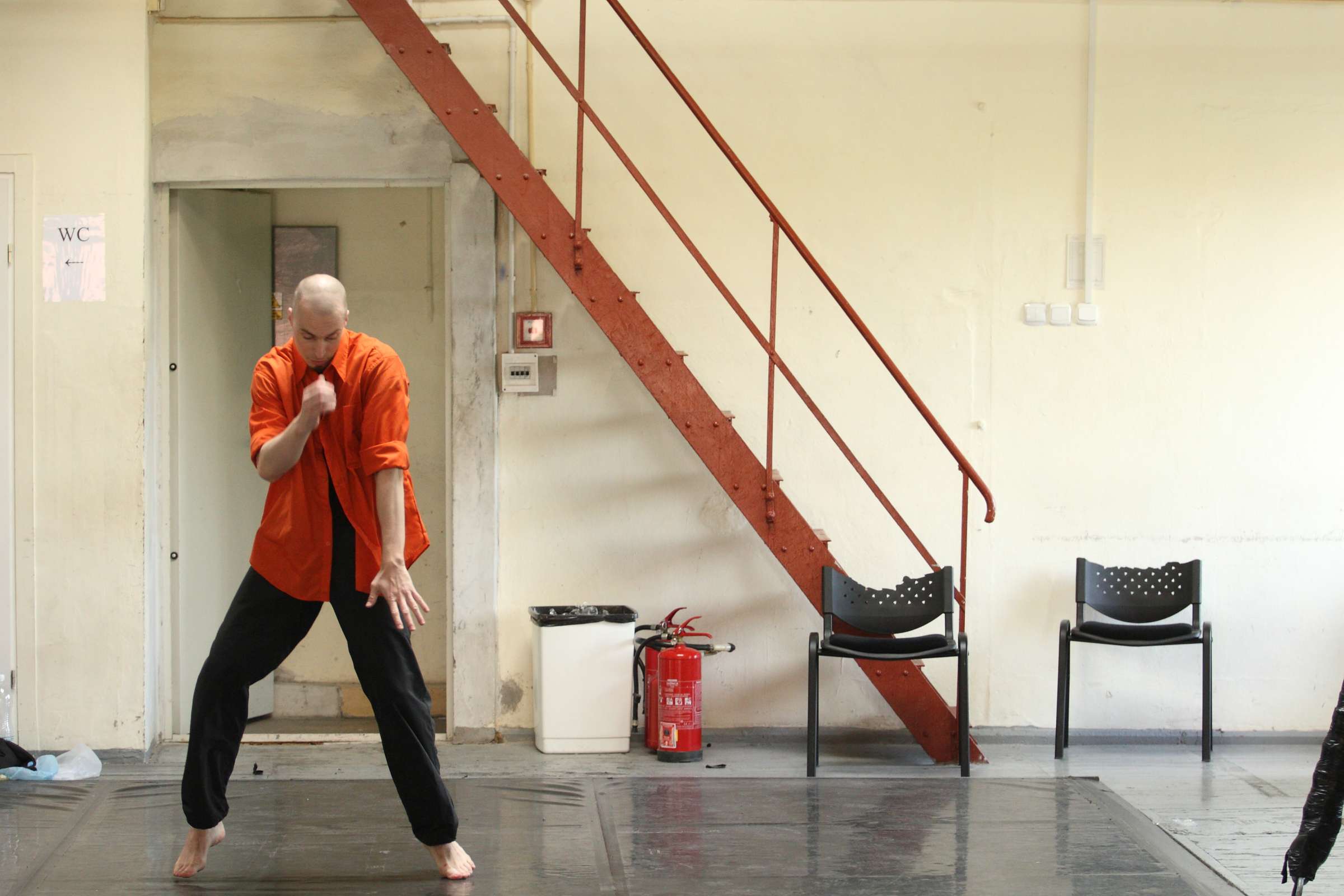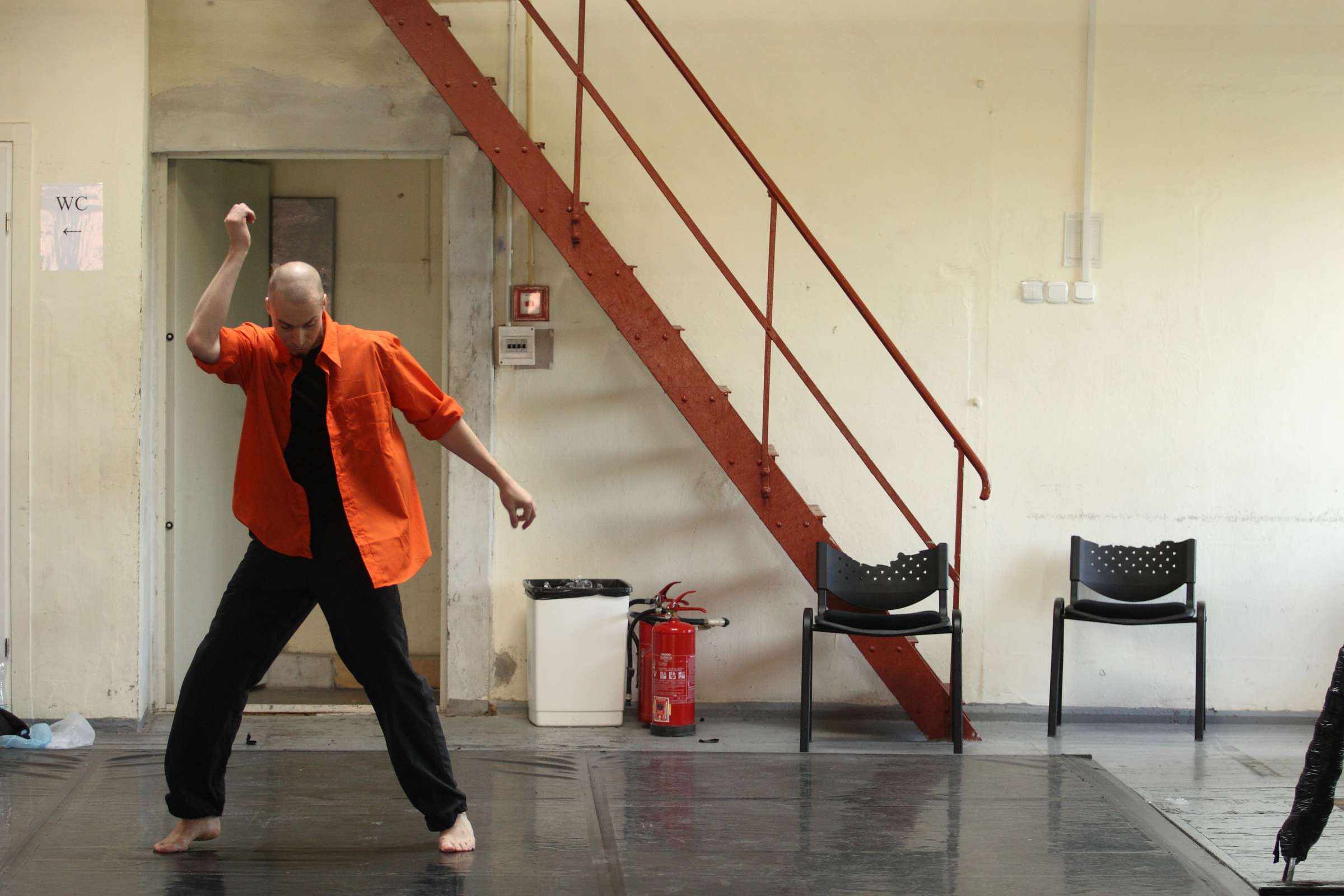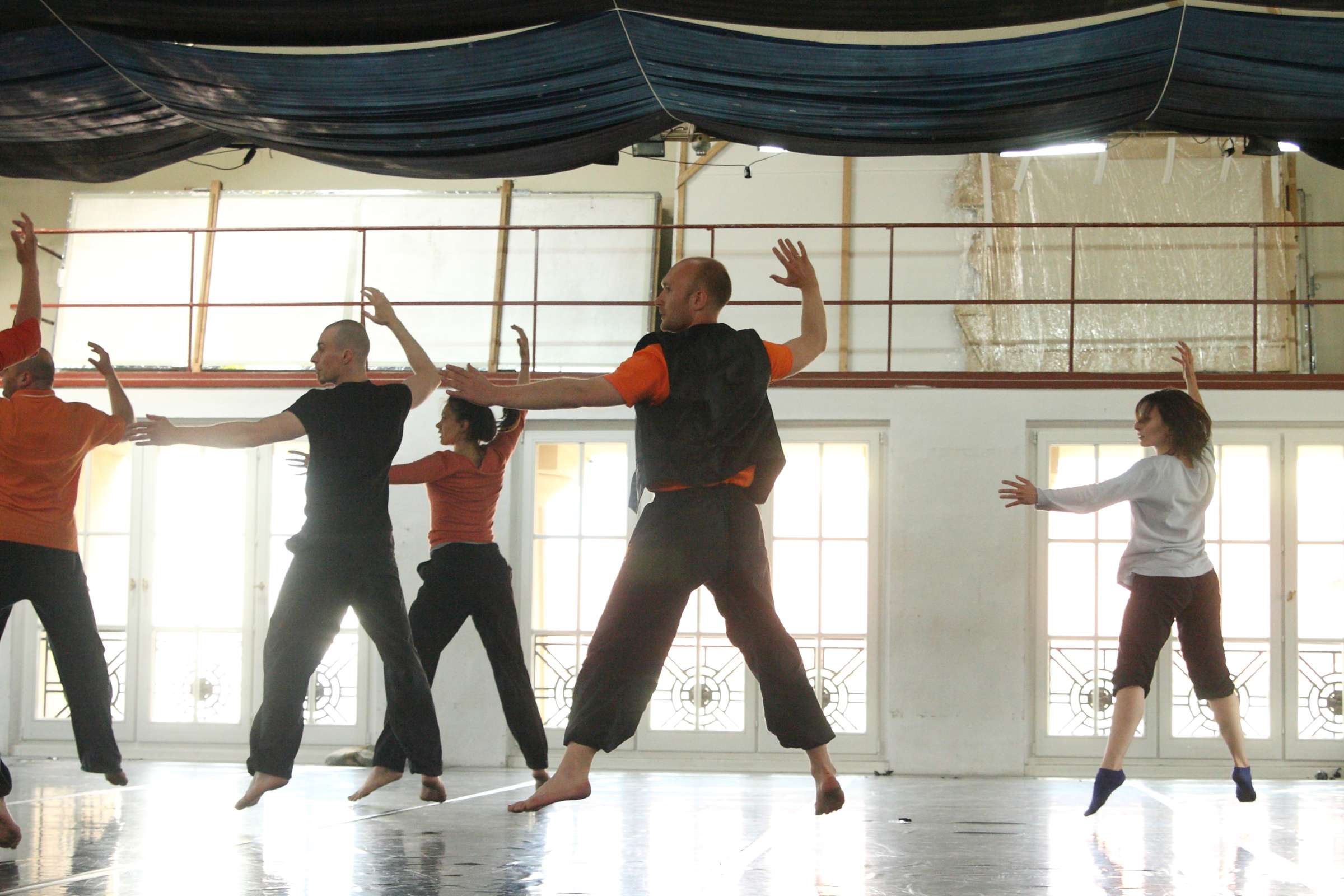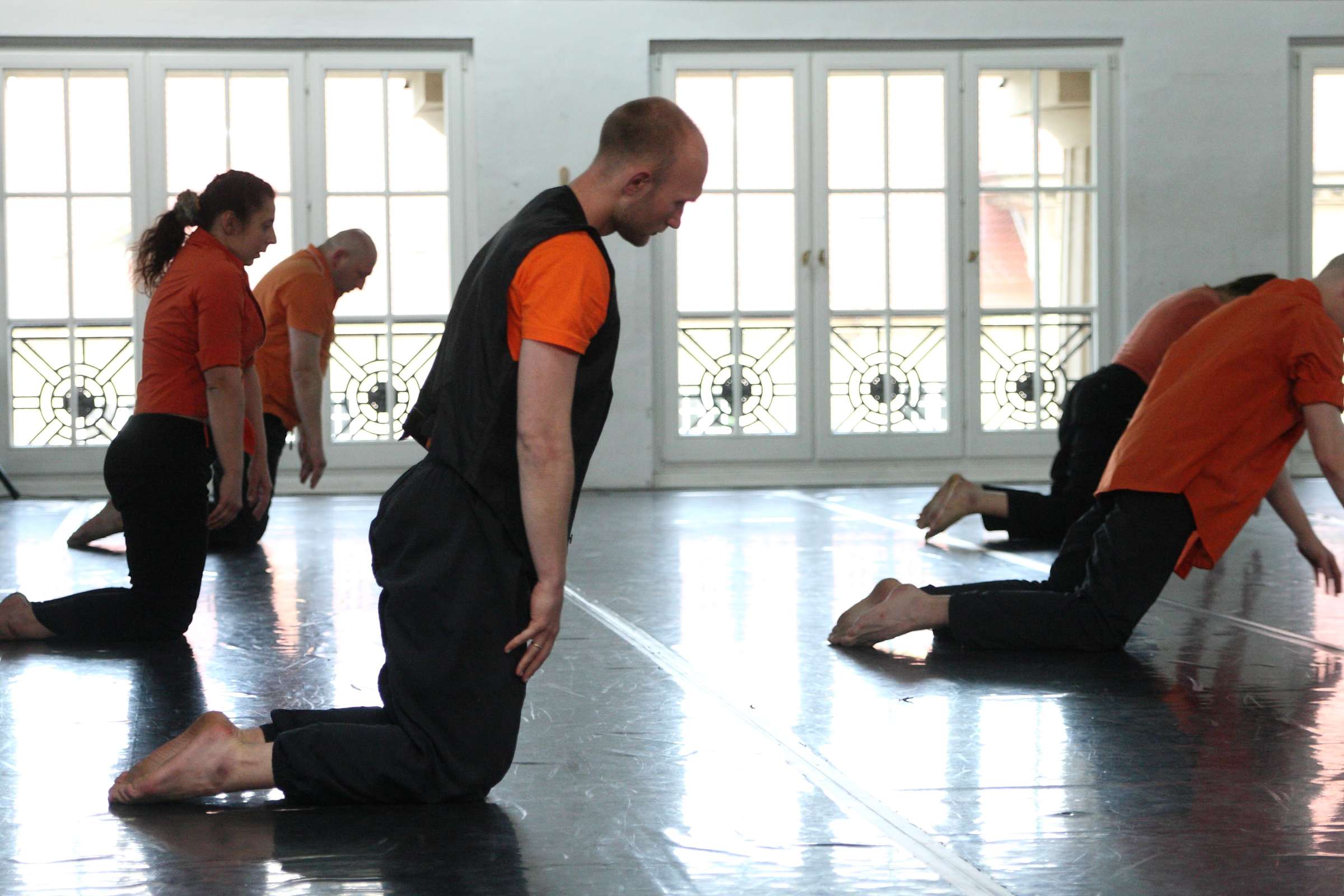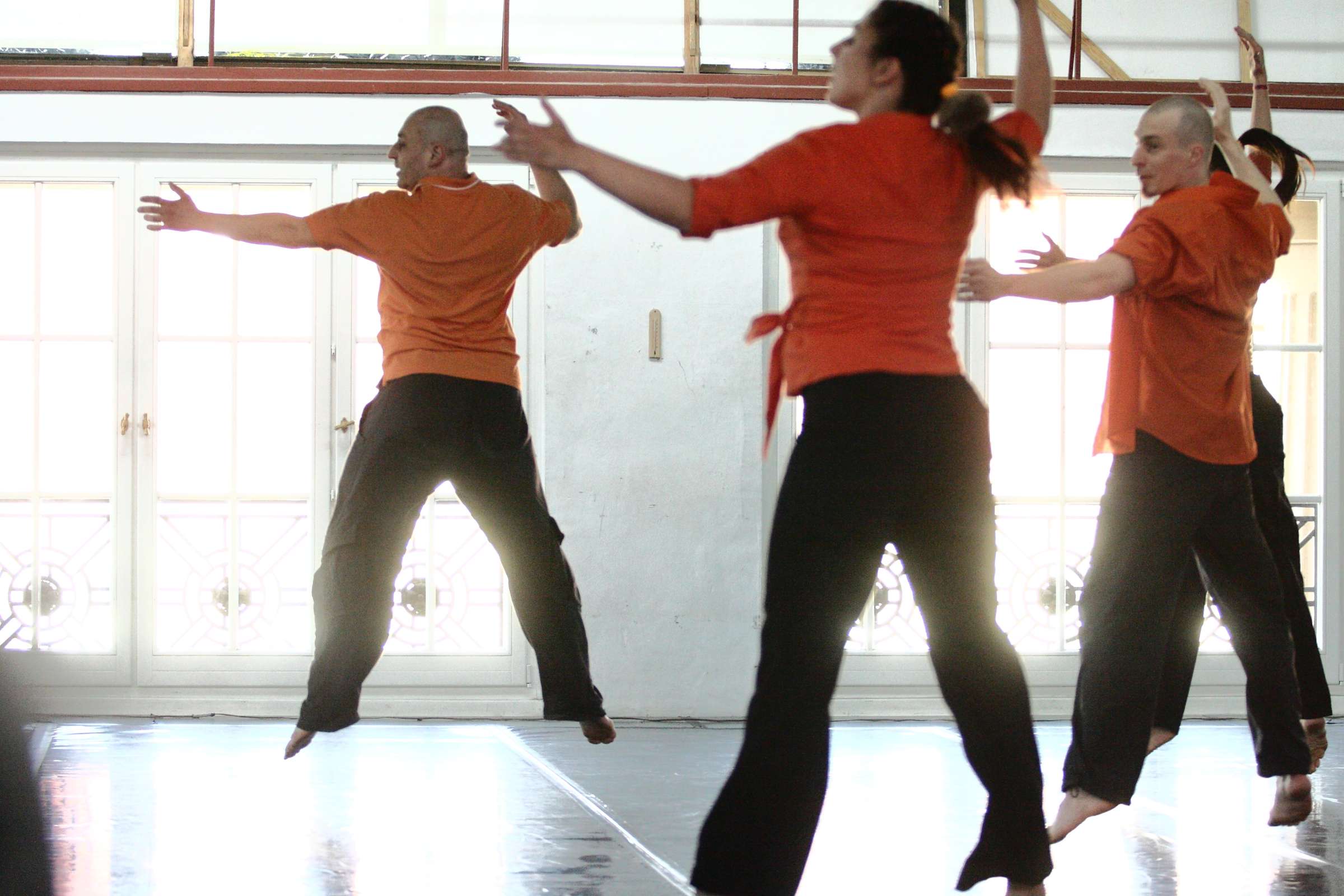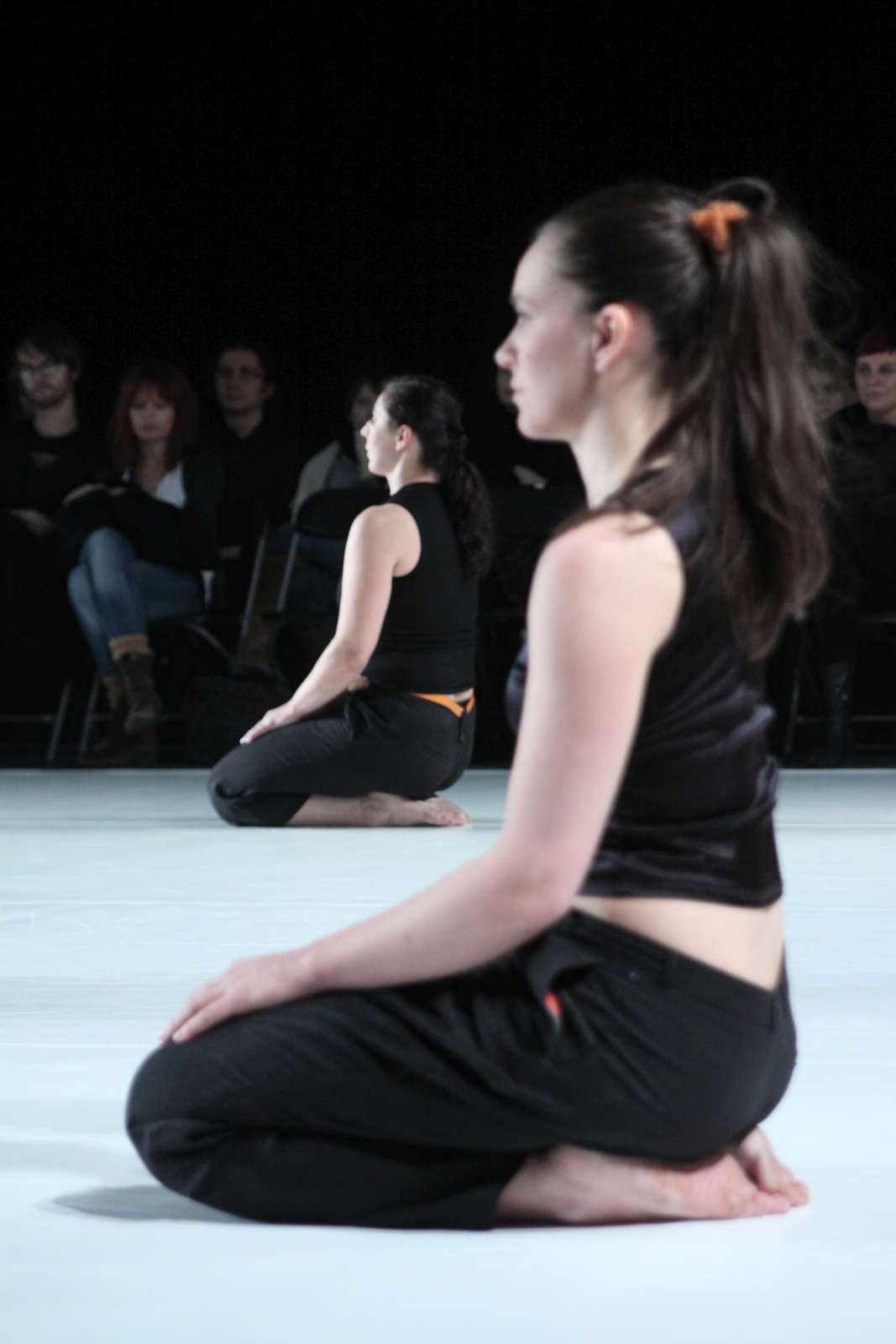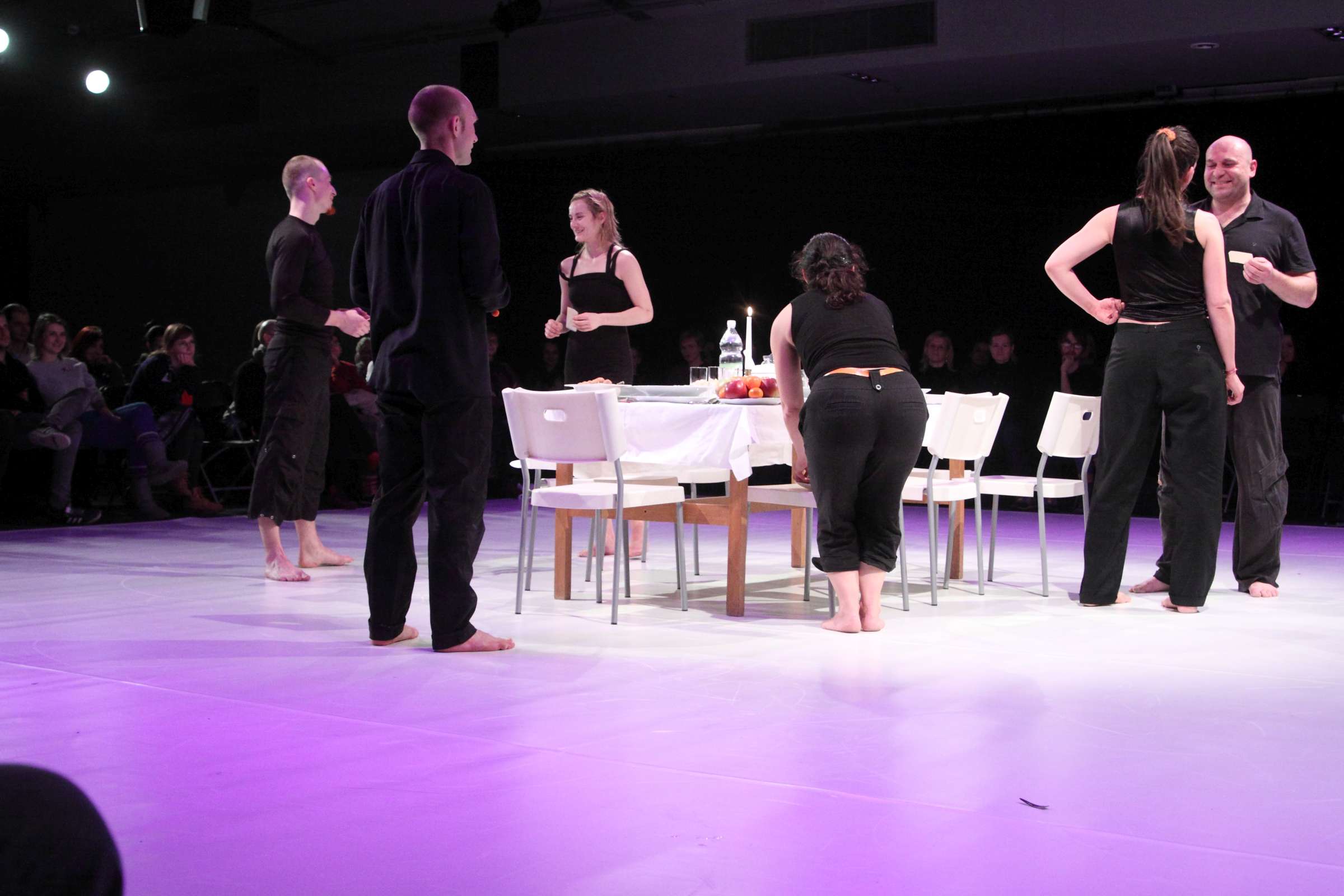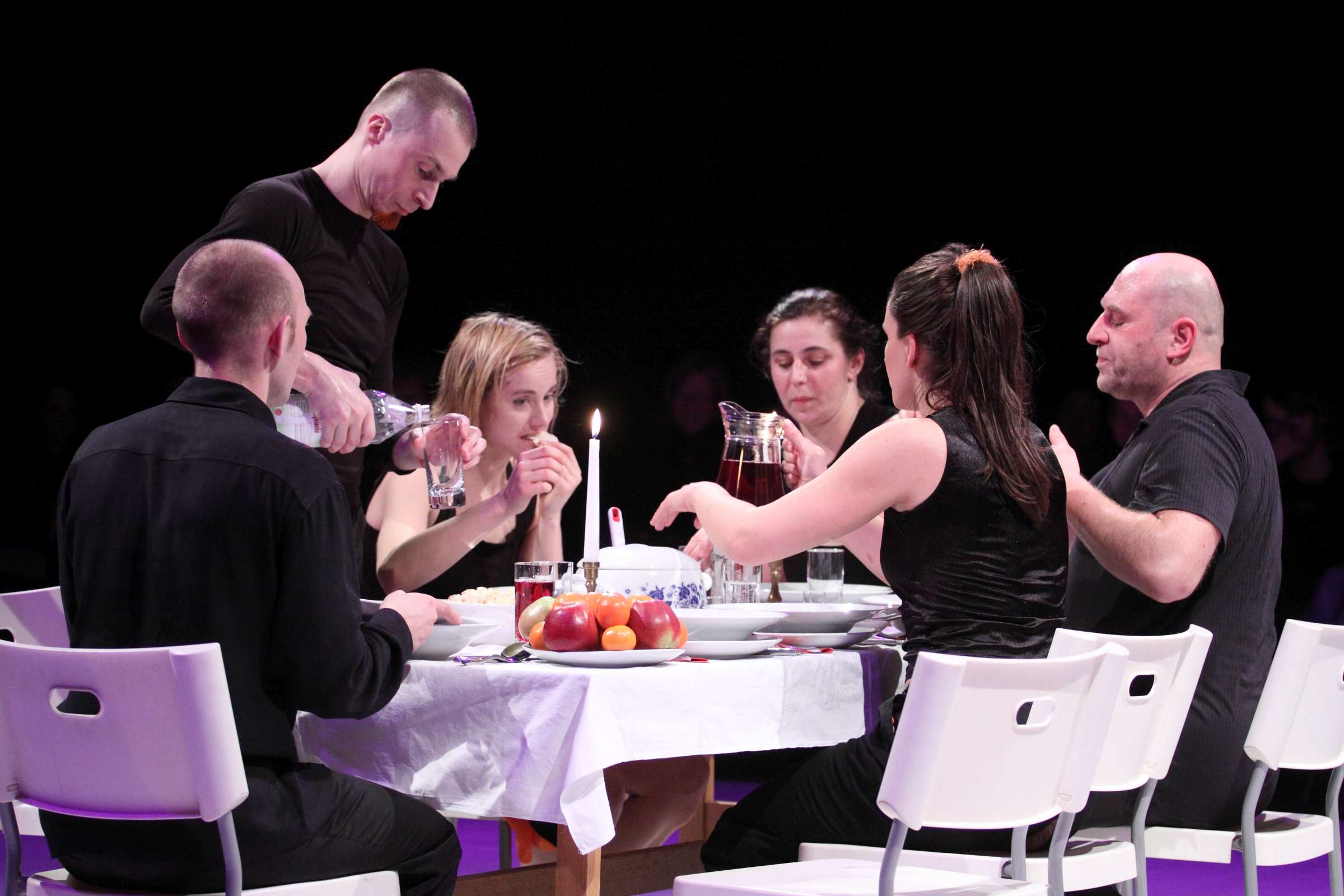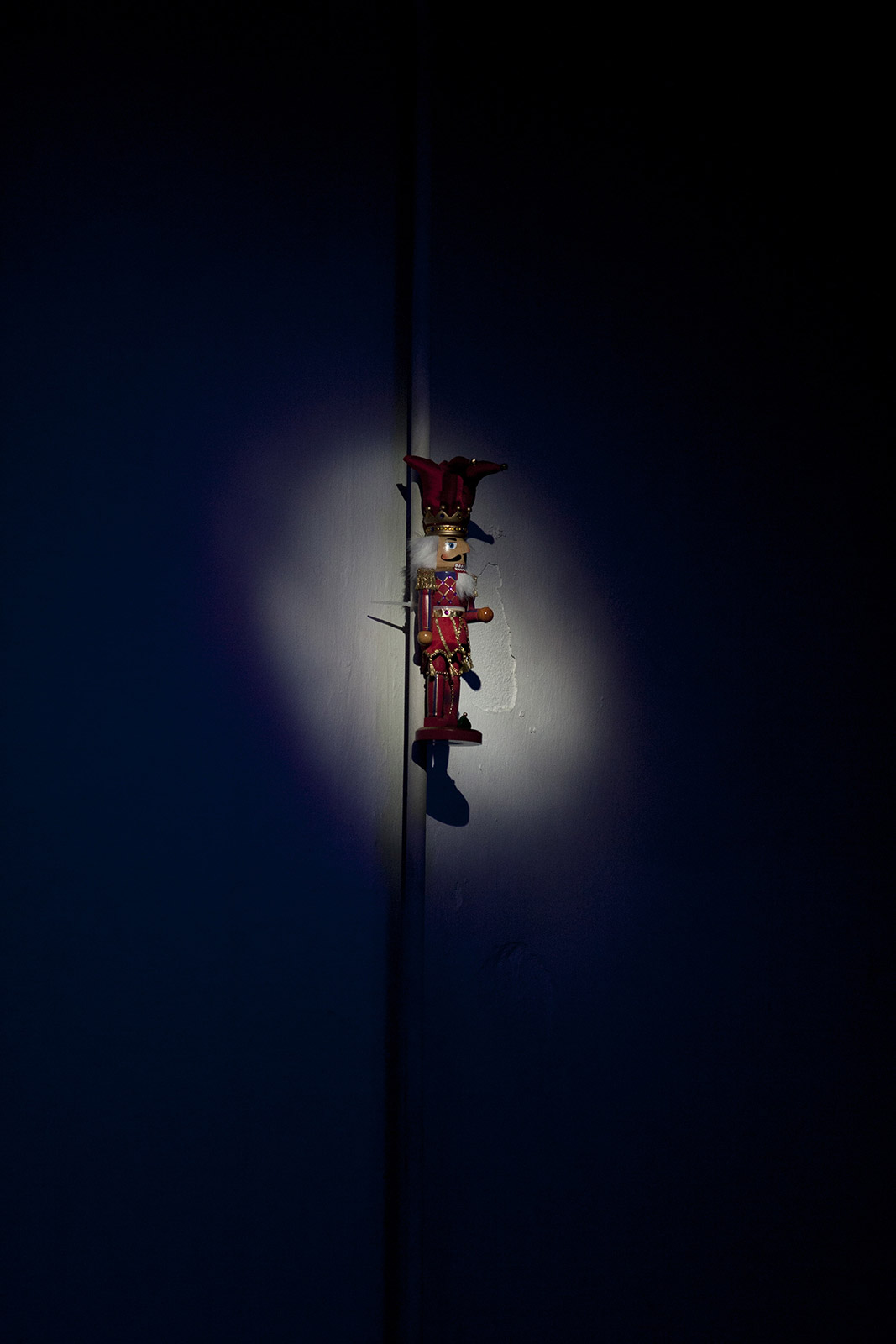Although it seems unlikely, at first it was supposed to be a duet. Searching for its content, formula, essence, what a duet can and cannot be on stage, we reached the rich tradition of classical ballet, and within it, the incredible world of The Nutcracker, the ballet-institution, the ballet-symbol. The theme of the duet then gave way to the theme of the monumental ritual that is The Nutcracker – both playing it and going to it. For it is the most popular ballet of all time, more popular even than Swan Lake (also by Tchaikovsky). Performed usually at Christmas time, it tells the story of a Christmas Eve in a bourgeois house and the subsequent journey of the characters through a magical world of sweets, fairies, dancing flowers and snowflakes, invariably drawing crowds of spectators to the opera houses all over the world.
The story – the libretto, always differs, sometimes fundamentally, depending on the staging. In the world of ballet, the plot and characters are treated, as it turns out, with freedom, while a rigorous approach is taken to music and dance, which are inextricably linked. This approach differs from the rules of working in contemporary dance, which on the one hand is refreshing, but on the other is a very concrete challenge. Nut. Squirrel is the processing end of such a challenge.
Christmas atmosphere, Christmas Eve, a fairy-tale journey, dance and music coupled as a duet are the concepts, themes we worked on. The process largely boiled down to questions: what kind of atmosphere? what kind of Christmas Eve? what kind of music, what kind of dance? and finally who is a nut and who is a squirrel (which is an attempt to refer to the power of gender defined by the ballet costume). The result is a dance, an image of Christmas and the celebrating, different from the classical one, but perhaps closer to the viewer’s experience.
